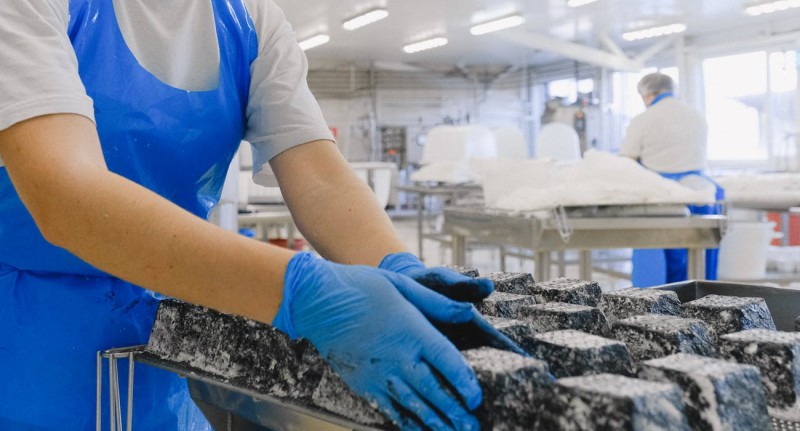In the food manufacturing industry, proper hygiene practices are essential to ensure the safety of food products and prevent contamination. Implementing adequate hygiene equipment and procedures is essential to protect public health. This article will examine the key types of hygiene equipment utilised in food factories and how they contribute to overall food safety.
Hygiene Equipment for Food Production Lines
Hygienic process equipment refers to machines and tools used directly in food processing that are designed for quick cleaning and sterilisation. This includes conveyor belts, pipes, tanks, mixers, fillers, and packaging equipment. These must be made of smooth, non-porous materials like stainless steel, which do not harbour bacteria. Regular cleaning and sanitising of hygienic process equipment is vital to prevent bacterial buildup and cross-contamination between products. Strict protocols must be followed for taking machinery apart, washing, and reassembly. Proper hygienic equipment is the first line of defence against harmful pathogens entering food products during manufacturing.
Cleaning Tools for Food Facilities
Industrial hygiene equipment encompasses all tools used to clean the food production environment itself. Floors, walls, overhead structures, and air handling systems must be routinely washed and disinfected. Essential cleaning tools include commercial pressure washers and steam cleaners to thoroughly sanitise large equipment and hard-to-reach areas. Food-safe detergents, sanitisers, and disinfectants approved for use in food factories are critical for eliminating microbes. Other important hygiene equipment for food industry includes foot baths, foamers, squeegees, and cleaning verification systems. Maintaining a contaminant-free facility is crucial to prevent the transfer of bacteria and allergens to foodstuffs.
Protective Gear for Food Handlers
Hygiene equipment also includes protective clothing, gloves, masks, and headgear worn by workers in food processing areas. Durable, liquid-repellent suits, aprons, sleeves, and boots keep employees' skin and clothing from contacting food products or surfaces. Hair/beard nets prevent loose hair entering food, while disposable gloves reduce hand-to-food contact. Face masks are vital to stop droplets transmitting illnesses like colds to exposed foodstuffs. Proper protective gear forms a barrier against human-to-food contamination. Regular changing of protective equipment ensures high hygiene standards are maintained.
Effective Hygiene Monitoring Systems
Implementing proper hygiene equipment must be accompanied by effective monitoring systems to ensure protocols are being consistently followed on food lines. Hygiene monitoring technologies such as ATP testing quickly detect microscopic organic debris on surfaces to identify cleaning oversights. ATP systems swab equipment and check for adenosine triphosphate, a molecule signalling food residue or bacterial buildup. Thermographic cameras can also identify areas not properly sanitised, which show up hotter from increased microbial activity. Another option is environmental microbiological testing, which takes surface samples to be cultured in a lab for pathogen analysis. Data loggers provide real-time tracking of cleaning processes, like dishwasher rinse temperatures. Conducting regular staff training and audits in hygiene diligence is also imperative. Utilising a combination of verification methods allows food companies to validate the proper use of hygiene equipment and procedures. Proactive monitoring maximises food safety.
Legally, UK food businesses must provide suitable hygiene equipment and have documented cleaning procedures. Investing in the right hygiene equipment pays dividends in preventing product contamination, recalls, and foodborne illness outbreaks. With rigorous hygiene practices and the correct tools, the UK food industry can continue providing consumers with safe, quality products.
